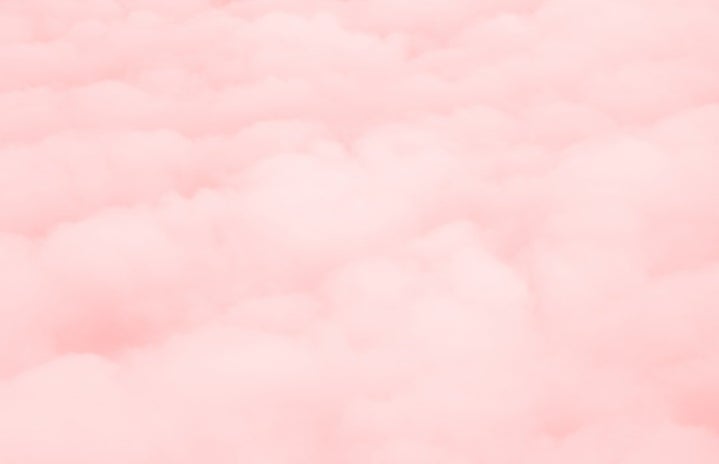Out of all the colors, pink is my favorite. By that, I don’t mean one specific shade. Pastel pink, hot pink, bubblegum pink, they all speak to me and catch my attention in many ways. Its gorgeous hues are light, fun, flirty, and joyful, and I love every aspect of it. Although, this was not always the case. For most of my life, I hated pink because I felt like it was “too girly.”
Growing up, anything I was given, toys, clothes, or books usually had some form of pink within it, and I loved it! It made me smile and I wasn’t ashamed to admit that it was my favorite. It wasn’t until later in elementary school that I began to resent the color. Boys around me would pretend to gag at the color. Other girls would roll their eyes at it. Even television shows and movies would demote it by dressing characters that they wanted to characterize as dumb, in pink from head to toe. No matter where I looked, pink was ridiculed and associated with being ditzy and feminine, and hence being a bad thing. However, where did this come from? Why do we associate pink with being feminine and flippant?
A brief History of pink
In the 18th century, pink was a popular color amongst both men and women. In fact, it was a very fashionable color that was worn in high aristocratic societies. It wasn’t until post World War Two that pink evolved to being seen as undesirable to men. During World War Two, women moved into the workforce because men were fighting overseas. Once the men returned, they needed ways to push women out of the workplace and reassert them into traditional wifely roles. One of the ways they did this was by dressing in dark shades of fabric (mostly to reflect their time in war), and then rebranding bright or pastel colors, like pink, as being overly feminine.
Men in the mid 20th century used color psychology to paint women in shades of pastels and pink to characterize them as being unable to take things seriously, and therefore unprofessional for the workplace. Pink was weaponized to hold women back. As time went on, pink has slowly become slightly more gender neutral. Albeit, it still has those strong ties to being unserious and lightheaded. This is one of the reasons I avoided pink, because I wanted to be taken seriously in my academics and my reputation. For a long time, I let the negative perceptions of pink, made by men to hold women back, deter me from the color entirely.
Breaking Pink Stereotypes
My sentiments have swiftly changed, though, as pink has seen a major renaissance in the past decade and more specifically this past year. In the early 2000’s we saw pink take over the silver screen in blockbuster films like Mean Girls and Legally Blonde. These two films are great examples of breaking down the character stereotypes associated with pink. Of course, both of these films do associate pink with hyper femininity but they break past it and show more dimensions within the characters.
As mentioned before, most shows or movies would use pink to characterize someone as being dimwitted or superficial. These films take that characterization and poke fun at it. They then develop these characters into strong, dynamic women. Regina George, while at times superficial, is still shown as being intelligent in terms of her manipulative nature. The very fact that she is so catty breaks past the ideas of pink meaning weak and goes against the idea that characters dressed in pink aren’t smart.
Elle Woods does the exact same thing. In fact, her love of pink is a major part of her character. Everything she wears and owns is decked out in pink, and from the beginning we are meant to perceive her as being airheaded with it all. Characters in the film even thought less of Elle because she was a pretty blonde who loved pink and they didn’t see her true potential. However, she pushed past all that and was incredibly intelligent and ambitious. The scene of her dressed head to toe in pink and dominating in the courtroom is iconic. It shows a connection of pink and empowerment, and a strong female lead removing the stereotype with pink.
More recently, we saw pink fully take over this past year with the release of Barbie. The film was a pink wonderland in terms of clothing, landscapes, and more. It was magical and pink was everywhere. Even more so, Barbie truly took back the color pink. It showed that yes, it was feminine and it was powerful. Pink does not simply have to be girly, bubbly, or ditzy. It can be empowering and as seen in Barbie a symbol that women can do or be anything. There is so much power in pink.
Owning Pink
After this past year and the resurgence of pink, I have become comfortable with associating myself with the color again. In fact, it is a huge part of my personality now. My clothes, decorations, water bottle, and phone case are all pink and I am not ashamed of it. There is nothing to be ashamed of to begin with, but I let myself listen to others who doubted pink. Rather than letting these stereotypes with pink deter me from it, I decided to take back the color.
I want to be proud of it and go out into the world dressed in it, whether that be professionally or casually, because it makes me confident. It is my goal to reclaim the color pink and to be proud of its femininity and power. That way the little girl who was ashamed of pink for so long, can finally love her favorite color and be happy in it.


